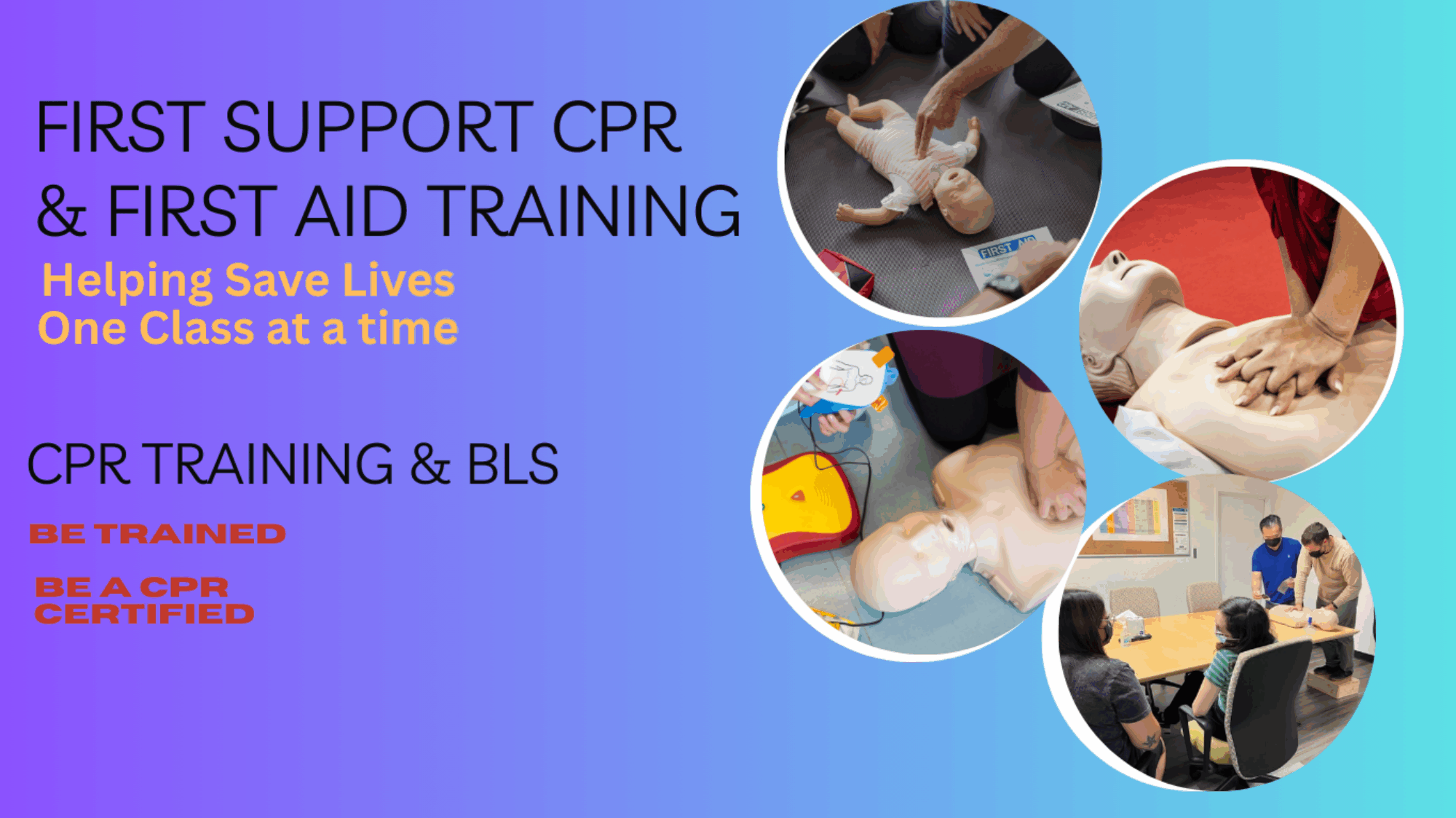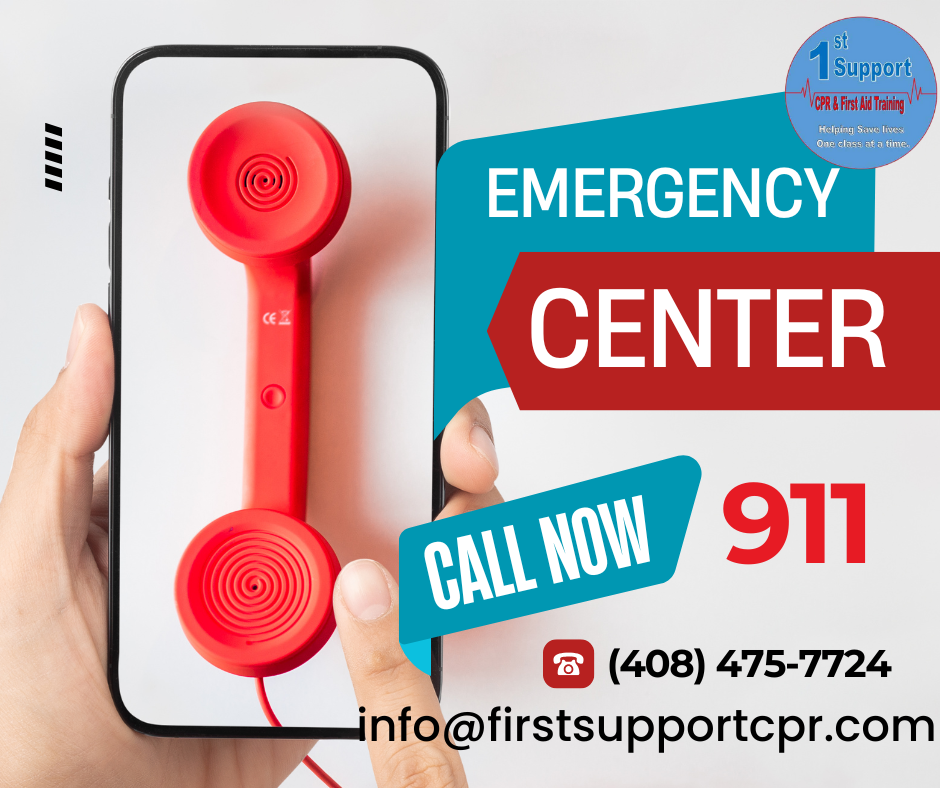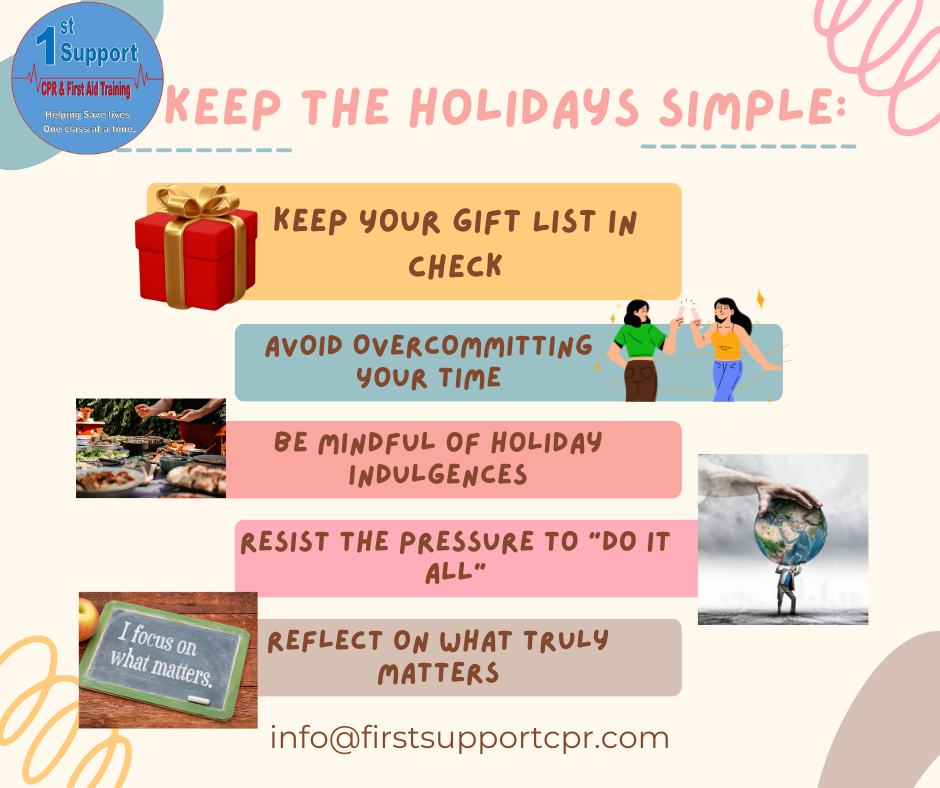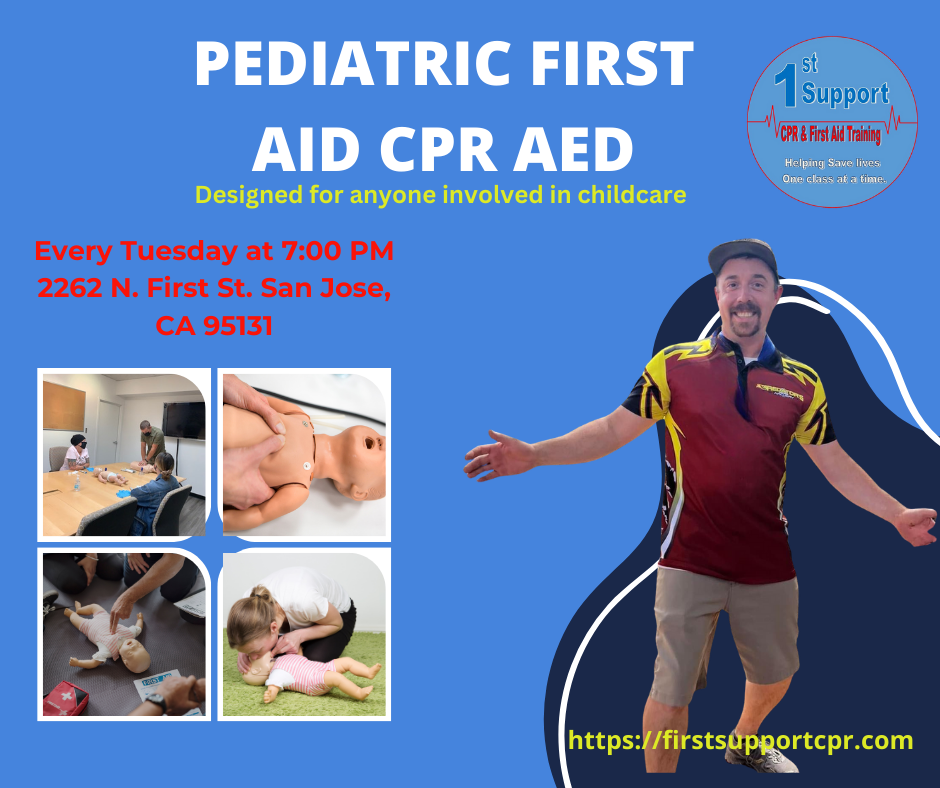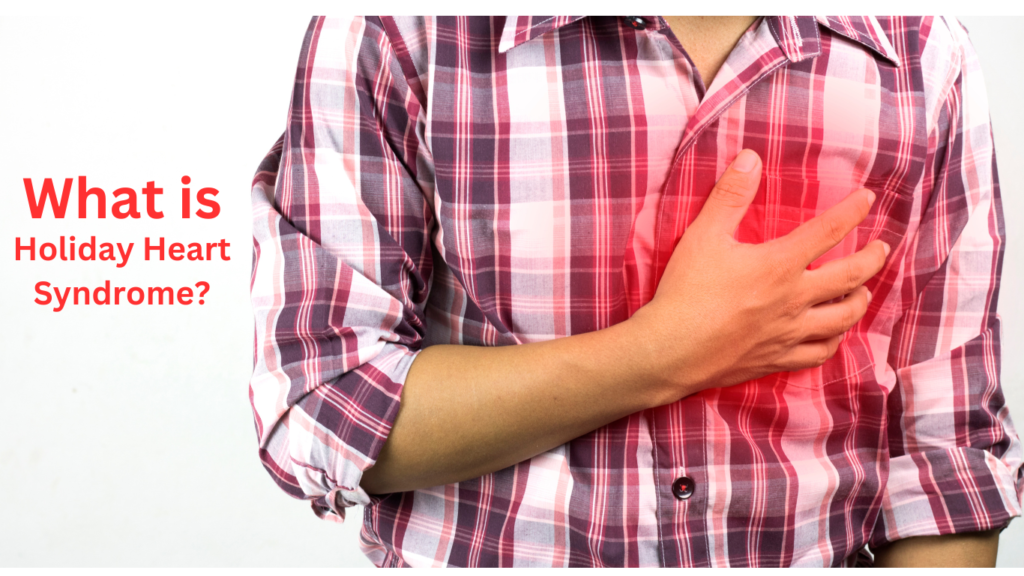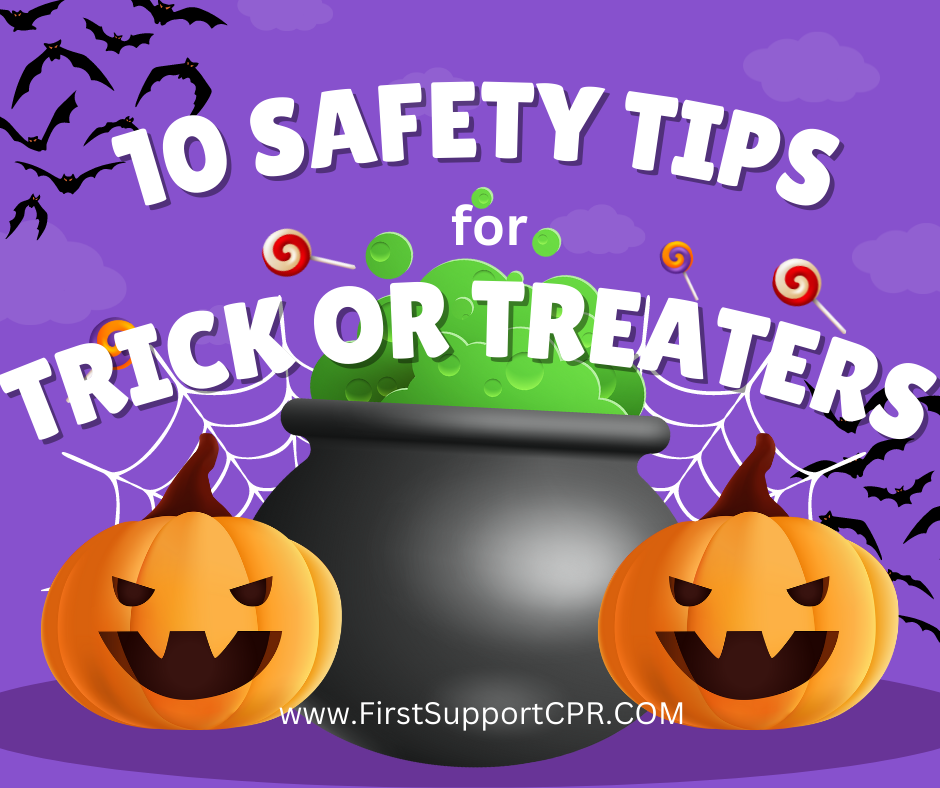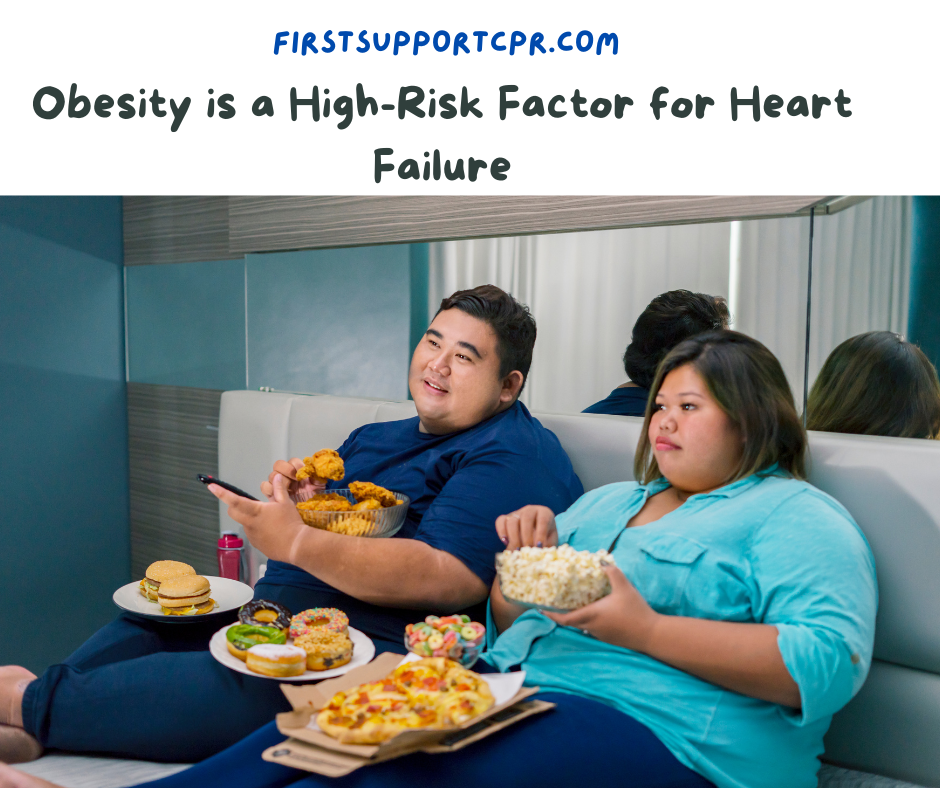Feeling holiday stress? You’re not alone, but there are ways to reclaim your joy!
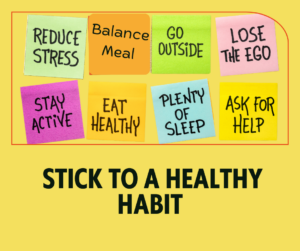
1. Stick to healthy habits like staying active, eating balanced meals, and getting enough sleep. Stick to healthy habits by committing to simple, manageable routines. Stay active by incorporating daily movement, such as a short walk or light workout. Choose balanced meals that include whole grains, lean proteins, and plenty of fruits and vegetables, and enjoy holiday treats in moderation. Prioritize sleep by aiming for at least seven hours a night to recharge your energy and manage stress effectively. By maintaining these habits, you’ll feel better physically and mentally throughout the busy holiday season.
2. Tackle seasonal temptations by preparing nutritious snacks and healthier party options. Tackle seasonal temptations by having nutritious snacks ready for when cravings strike, like fresh fruit, mixed nuts, or homemade energy bites. If hosting a party, plan healthier alternatives to traditional dishes by using fresh ingredients, reducing sugar, or incorporating whole grains. By preparing in advance, you can enjoy the festivities while staying mindful of your health.
3. Stay active by turning everyday activities into opportunities for movement. Take a brisk walk during breaks, dance to your favorite music while doing chores, or play an active game with your kids. For added fun, explore seasonal activities like ice skating, hiking, or decorating your home while staying on your feet. Making movement enjoyable helps you stay consistent and energized throughout the day.
4. Taking time for yourself means setting aside moments to recharge and reconnect with your inner peace. This could be through practicing yoga, meditation, or simply enjoying a quiet cup of tea. Spend time in nature, read a book, or listen to calming music to clear your mind. Prioritize your mental and emotional well-being by creating boundaries and giving yourself permission to rest. Small, intentional breaks can help you stay balanced and better equipped to handle life’s challenges with patience and clarity.
5. Start the new year with achievable, realistic goals by breaking big aspirations into smaller, actionable steps. Instead of vague resolutions like “get fit,” commit to specific actions, such as walking 20 minutes a day or joining a local fitness class. Focus on sustainability by setting goals that fit your lifestyle and can be maintained over time. Celebrate small wins along the way to keep your motivation high, and periodically reassess your progress to stay on track. A steady, thoughtful approach builds long-term success and confidence.
Enjoy the season while prioritizing your well-being!
